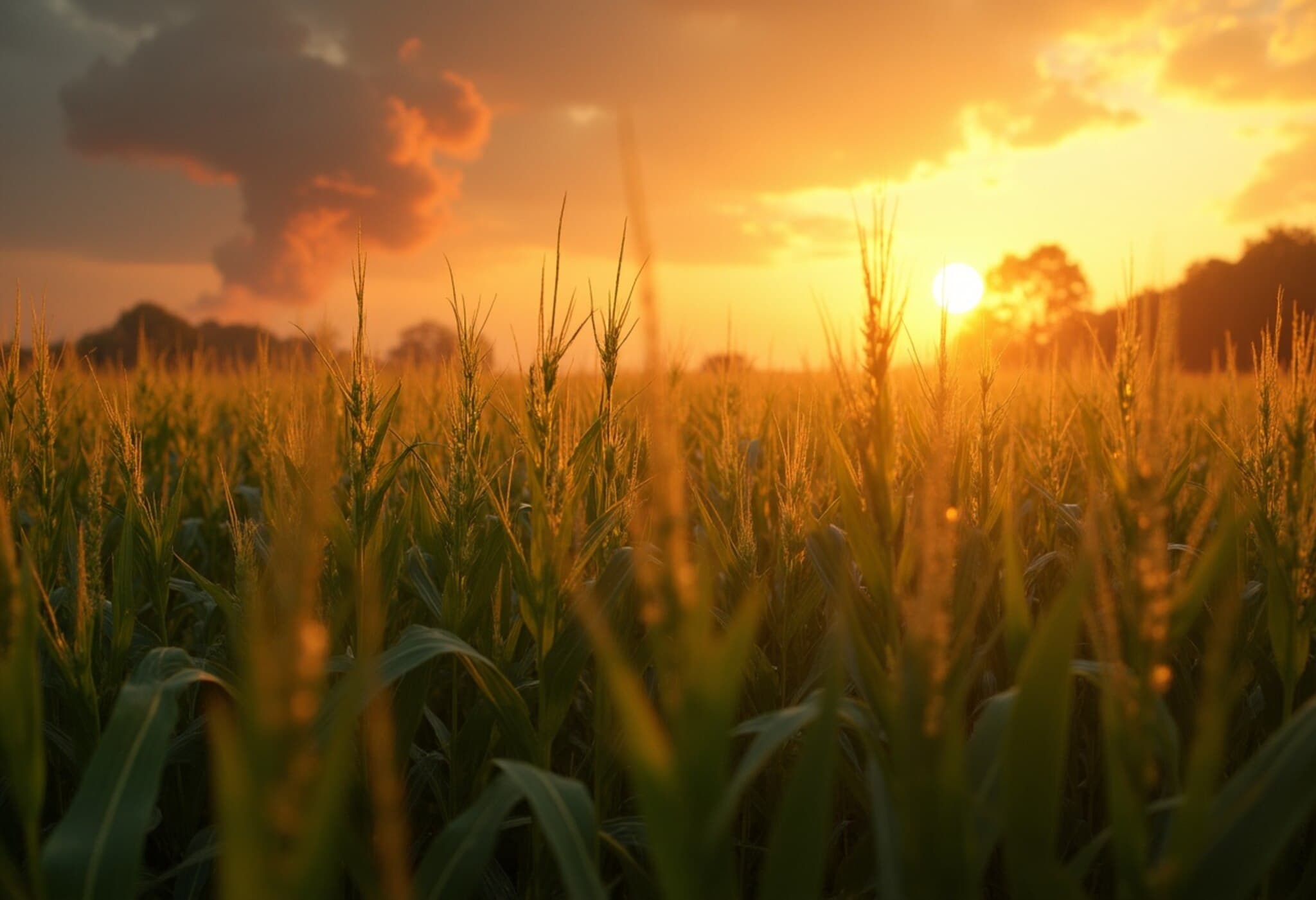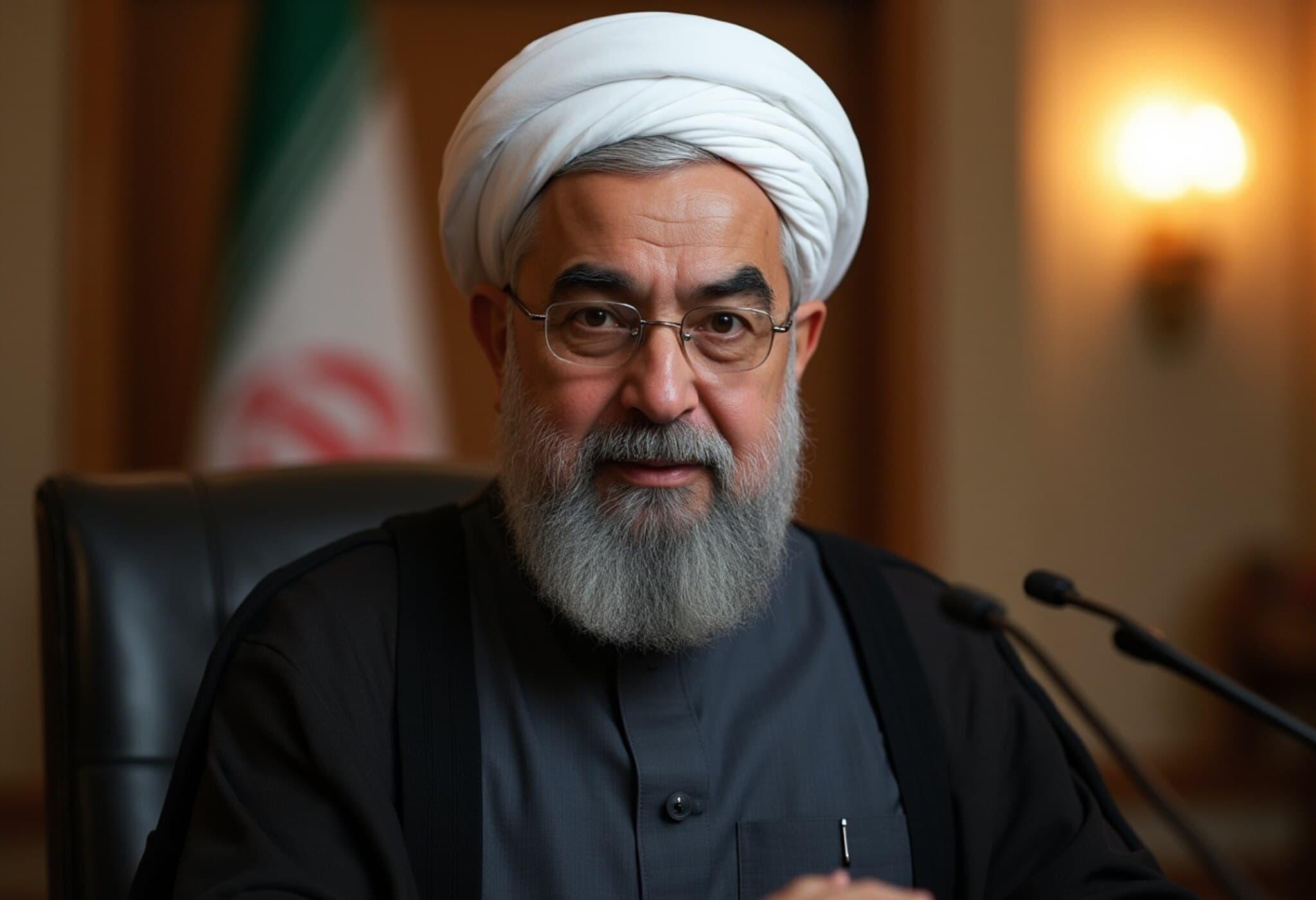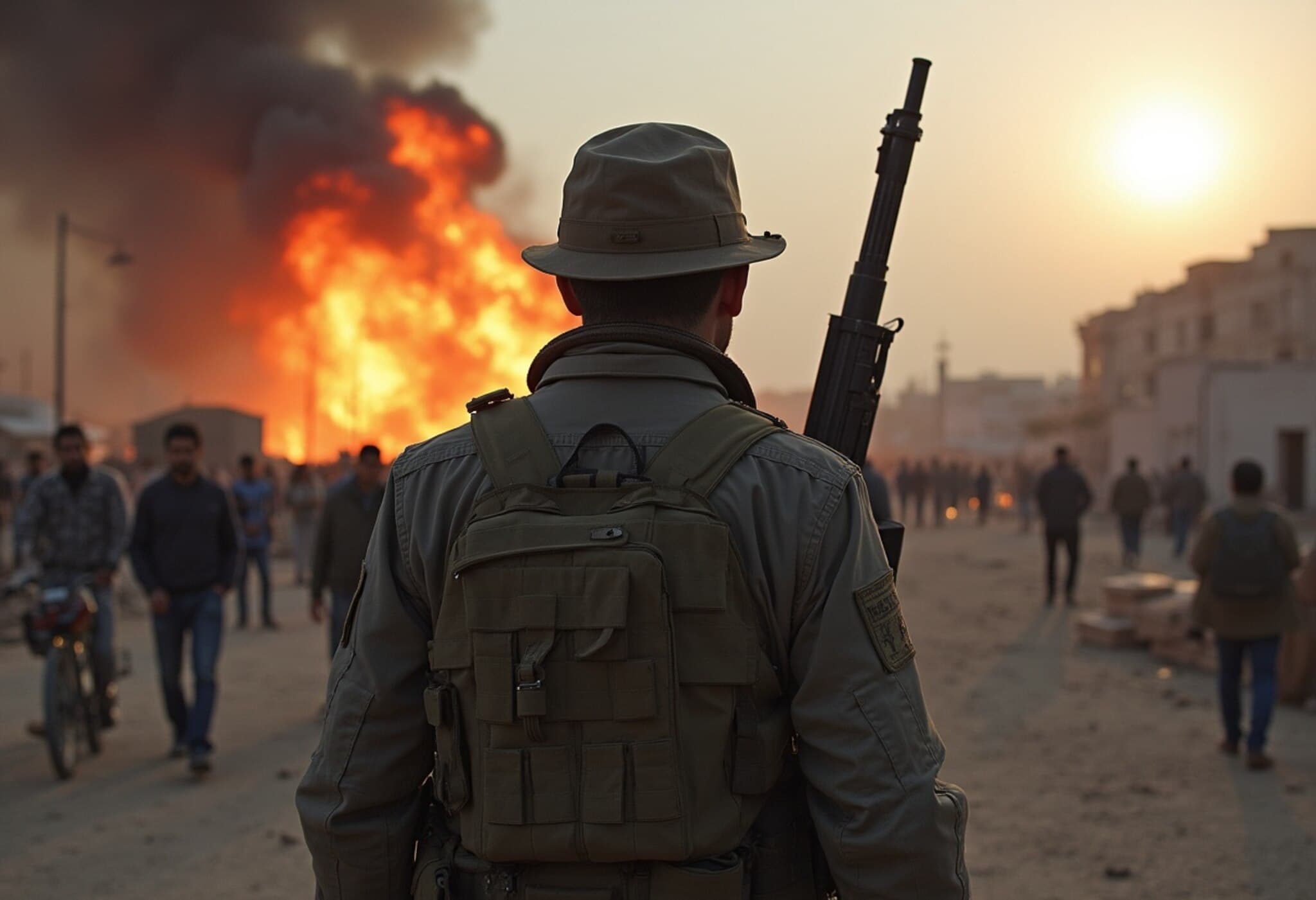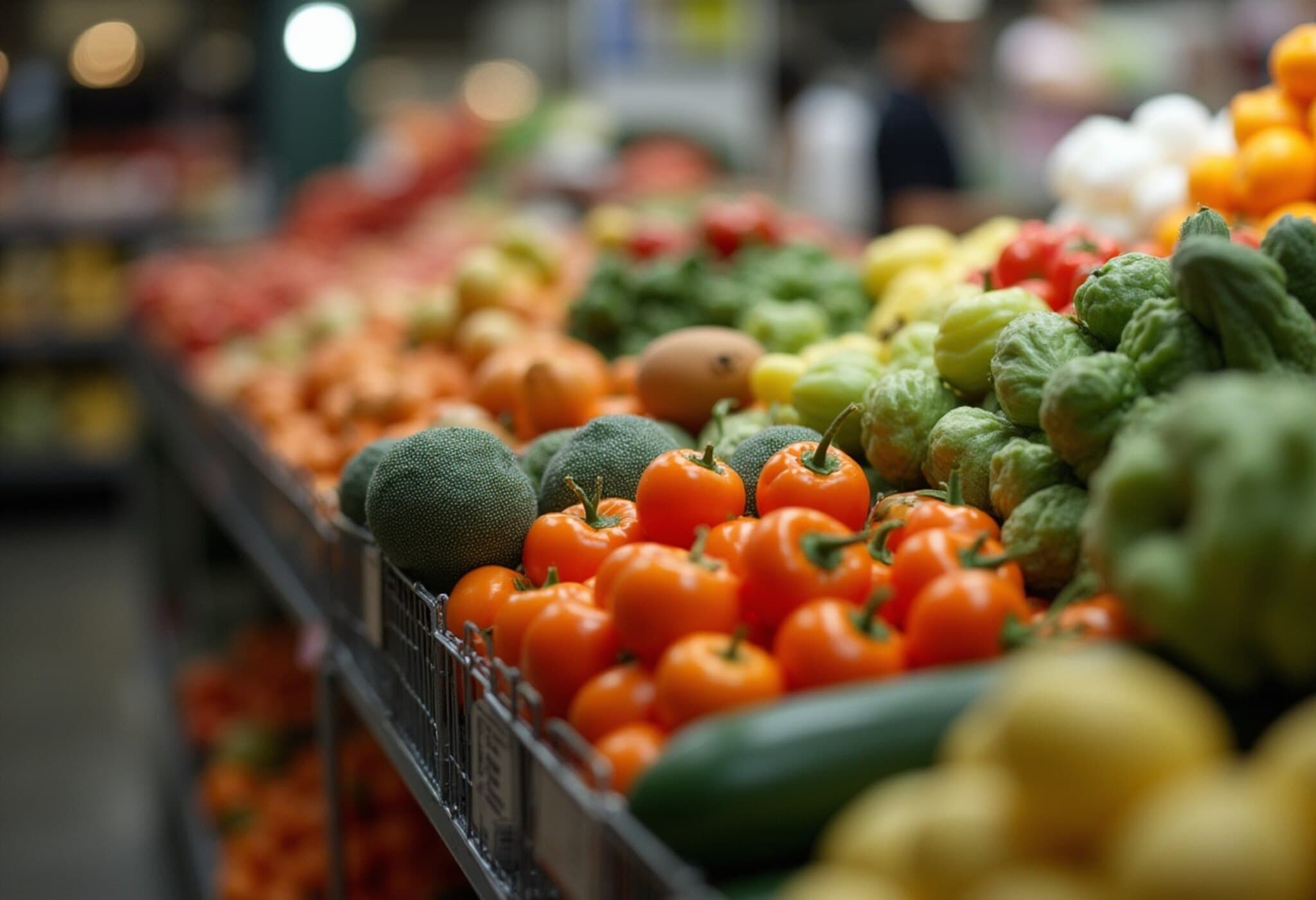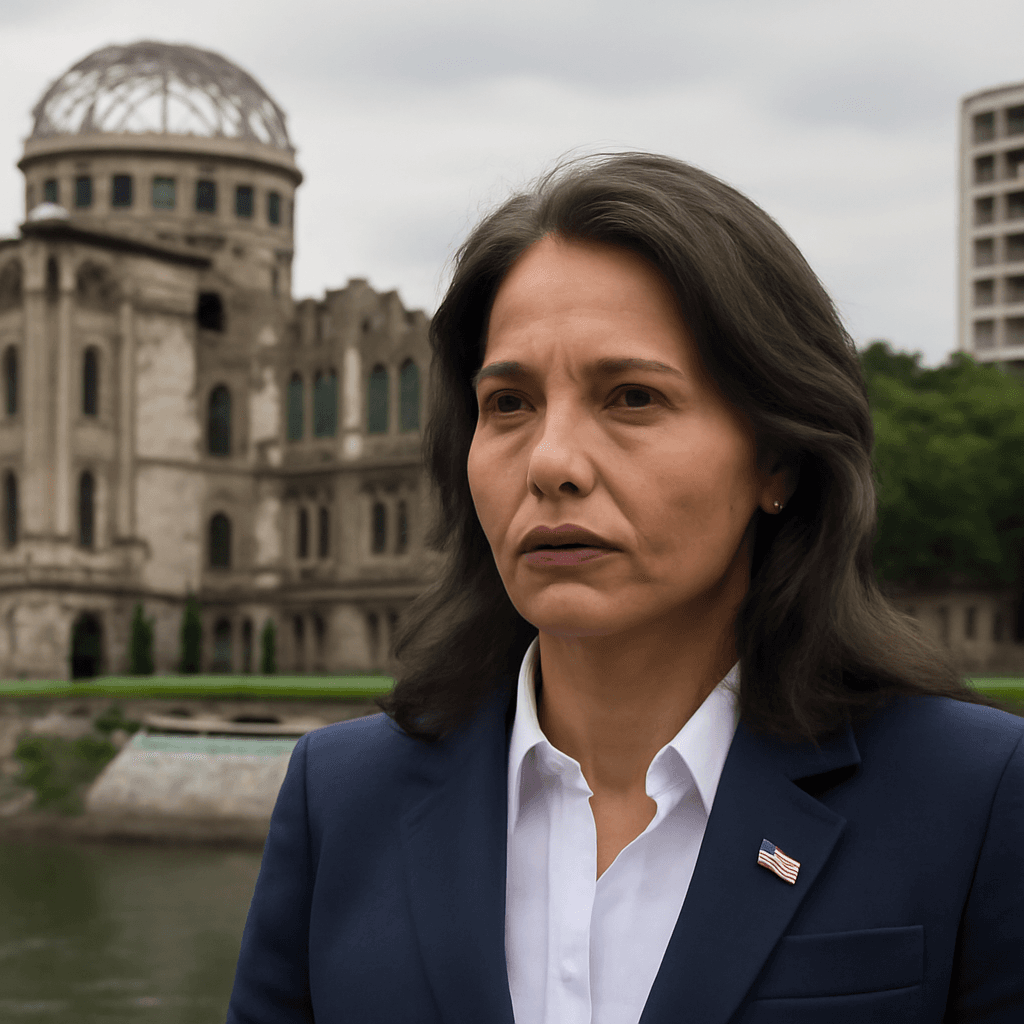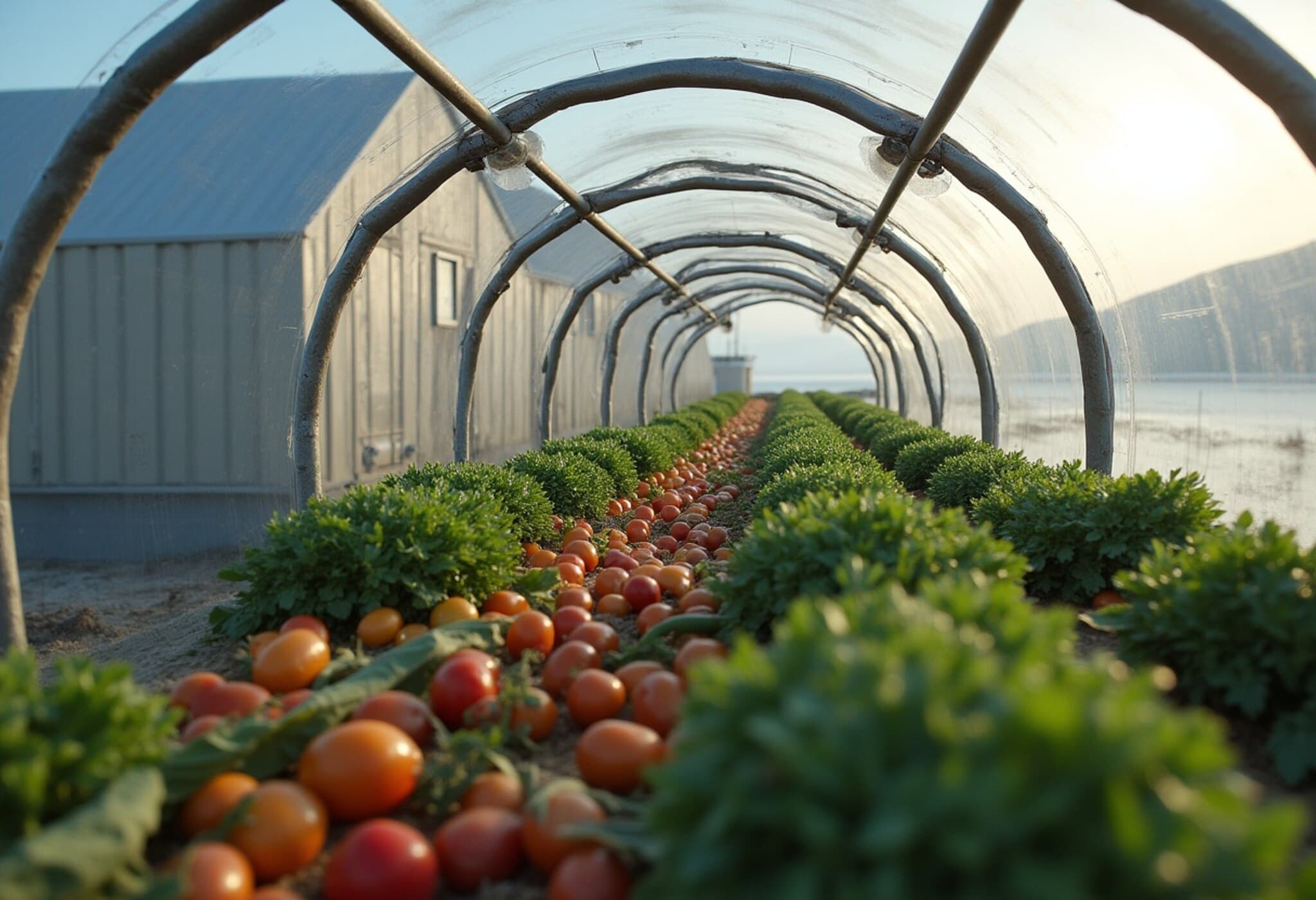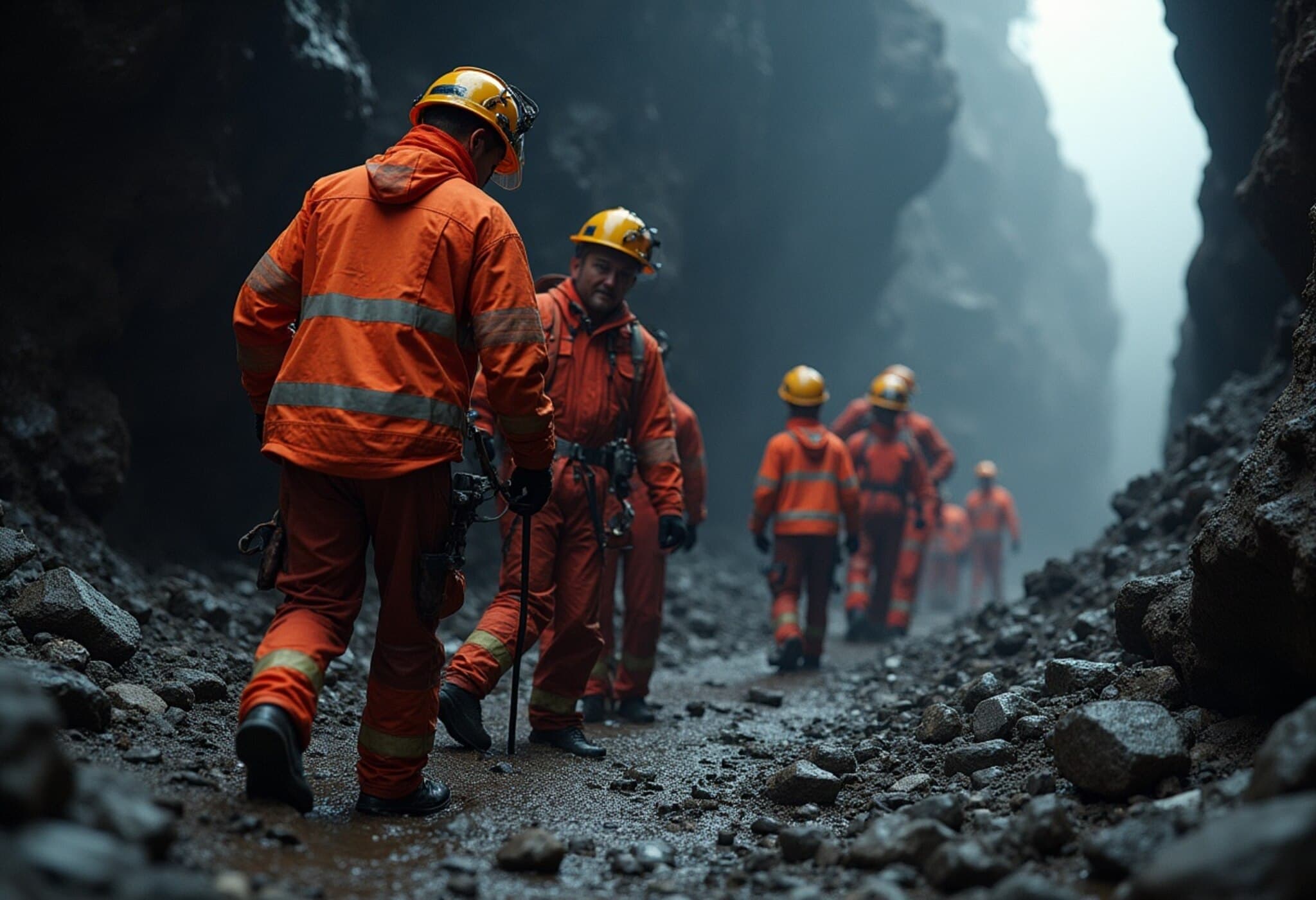When Nuclear Conflict Means More Than Immediate Destruction
As geopolitical tensions reignite fears of nuclear conflict, a striking new study from Penn State University highlights a rarely-discussed but catastrophic aftershock of nuclear war: severe disruption to global agriculture that could plunge the planet into darkness and widespread famine lasting over a decade.
The Lingering Shadow: How Nuclear Soot Could Block the Sun
The core of this alarming research focuses on how soot and smoke produced by firestorms ignited during nuclear detonations—particularly over major cities and industrial zones—can rise high into the stratosphere. This soot forms a persistent, sun-blocking layer, cutting sunlight by significant margins and chilling the planet’s surface.
In a full-scale nuclear exchange, for example between the United States and Russia, the study predicts sunlight reaching Earth could fall sharply, leading to an estimated 80% drop in global corn yields. The implications are staggering: such a collapse would jeopardize food security worldwide, with ripple effects far beyond immediate war zones.
Beyond Immediate Blast Zones: The Long-Term Agricultural Fallout
Unlike the instantaneous devastation from blasts, the environmental aftermath threatens global food systems for years. The Penn State researchers used the Cycles agroecosystem model, a sophisticated farming simulation tool integrating daily weather, soil data, and crop physiology, to forecast outcomes under long-term nuclear winter conditions marked by lower sunlight, colder temperatures, and elevated UV-B radiation due to ozone depletion.
This comprehensive modeling spanned a decade-long time frame, charting maize (corn) growth—one of humanity’s staple crops—through scenarios ranging from a regional South Asian nuclear skirmish to an all-out US-Russia war.
From Regional Conflict to Global Catastrophe: Diverse Soot Scenarios
- Regional war scenario (5 Tg soot): Represents an India-Pakistan conflict, causing roughly 7% global corn yield reductions—enough to strain food supplies and destabilize vulnerable regions.
- Intermediate scenarios: Show progressively worsening agricultural impacts, with sunlight loss of 20-35% and temperature drops between 2-5°C, potentially disrupting monsoon cycles critical for rice and wheat.
- Full-scale global war (150-165 Tg soot): Would cause devastating 80% declines in corn yields, with repercussions spanning continents, triggering widespread famine and social upheaval.
Why Even Small-Scale Nuclear Wars Threaten Global Food Stability
While the 7% corn yield drop from the regional conflict scenario might seem minor, it masks a grim reality: modern food supply chains are deeply interconnected and fragile. A dip in staple crops in one part of the world can cascade through trade networks, prompting price hikes, hoarding, and hunger spikes—primarily in import-dependent, low-income countries across South Asia and sub-Saharan Africa.
Darkness Lasting Over a Decade: The Nuclear Winter Effect
One of the study’s most sobering findings is the projected duration of nuclear winter effects—lasting seven to twelve years. That’s not a short-term fallout but a protracted crisis where dwindling sunlight, chilling temperatures, and damaging UV-B radiation cripple agricultural zones repeatedly, delaying recovery and sowing long-term instability.
The elevated UV-B, peaking years after nuclear detonations due to ozone layer damage, compounds crop stresses by damaging plant DNA and growth systems, worsening yield reductions even as other climatic factors might begin to improve.
Survival Strategies Under Extreme Conditions
Despite these daunting challenges, the research points to adaptive strategies that could mitigate some harm:
- Utilizing short-season maize varieties that mature faster and withstand colder, low-light conditions better.
- Adjusting planting schedules to optimize growing periods.
- Improving fertilizer and nutrient management.
- Developing and distributing “agricultural resilience kits” containing seeds, tools, and guidelines to aid recovery.
However, the study warns that post-war logistical breakdowns and infrastructure loss may severely limit access to such solutions, underscoring the importance of preemptive preparedness.
The Broader Implications: More Than Just a Military Catastrophe
This research serves as a stark reminder that nuclear conflict is not confined to immediate blasts and radiation injuries. Instead, it spells a slow-moving humanitarian and ecological disaster that could unravel global food systems, destabilize nations, and lead to millions—or potentially billions—of deaths from famine.
From a policy perspective, these findings reinforce the urgent need for:
- Robust nuclear diplomacy and arms control to prevent even limited nuclear exchanges.
- Investment in climate-resilient agriculture that can better withstand catastrophic shocks.
- Comprehensive international contingency planning focused on food security in post-conflict scenarios.
Critical Questions for Policymakers and Citizens
Given the unprecedented scale of such risks, several questions demand attention:
- How can global governance institutions enhance nuclear-risk reduction while remaining alert to the environmental aftershocks?
- Are current global food systems—already stressed by climate change and conflict—prepared to absorb shocks from even modest nuclear conflicts?
- What strategic reserves or infrastructure investments can better safeguard vulnerable populations from a nuclear winter-induced famine?
Editor’s Note
This groundbreaking study broadens the lens through which we understand nuclear war. It underscores an inconvenient truth: the catastrophic repercussions would extend far beyond immediate casualties and infrastructure destruction, engulfing global ecosystems and food chains in a prolonged crisis. As nuclear rhetoric returns to the forefront of international discourse, this scientific warning compels a renewed commitment to disarmament, diplomacy, and resilient agricultural strategies that protect humanity from its darkest potentials.

